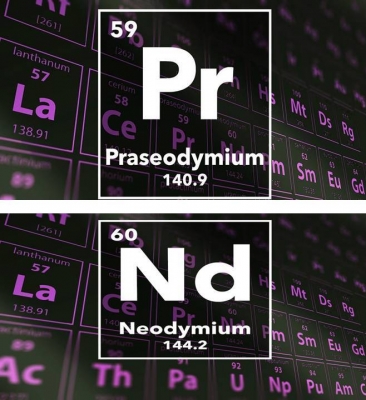
Praseodymium was first identified in 1885 in Vienna by Carl Auer von Welsbach, an Austrian Scientist. It was discovered in ‘didymium’, a substance that was incorrectly identified by Carl Mosander to be a new element in 1841. What is interesting is that this non-existent element ‘didymium’ was given a place and the symbol Di in Mendeleev’s first periodic table in 1869.
Later, in 1879 a French chemist, Lecoq de Boisbaudran identified and separated samarium from what was called ‘didymium’. Once samarium was discovered, it was observed that the absorption spectrum of ‘didymium’ gave different results depending on the mineral from which it had been sourced.
In 1882, Bohuslav Brauner from Prague published a paper on the atomic weight determinations for rare earth elements. But in his data, ‘didymium’ had variable atomic weights. This convinced Brauner that ‘didymium’ was a mixture of elements. Though he attempted to separate them, he was not successful.
Later in 1885, Carl Welsbach, who had originally discovered ‘didymium’, realized it was a mixture of two new elements and named them praseodymium and neodymium.
Picture Credit : Google




